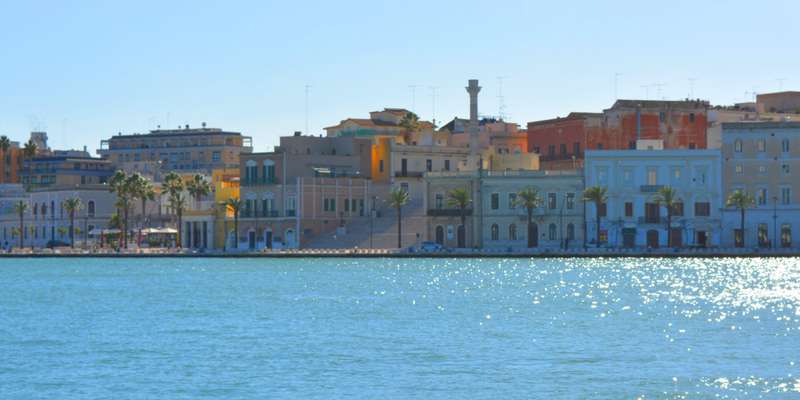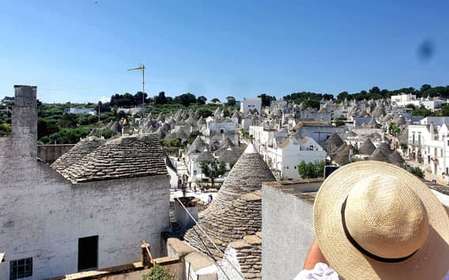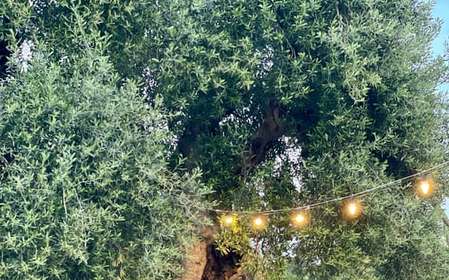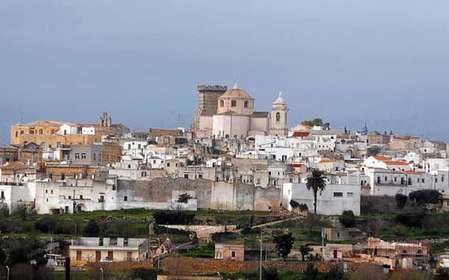- Home
- Useful Tips
- Where to go birdwatching near Brindisi
Many nature enthusiasts visiting Brindisi miss its extraordinary birdwatching opportunities due to poorly marked locations and seasonal timing confusion. Over 78% of casual visitors never discover the protected wetlands just minutes from the city center, where 200+ migratory species rest annually. Frustration builds when travelers waste precious vacation hours circling industrial zones instead of accessing hidden observation points known only to local ornithologists. The region's unique position along the Adriatic flyway creates spectacular spring/autumn migrations, but without proper guidance, you might arrive during nesting periods when access is restricted. This disconnect between expectation and reality leaves many birders disappointed when their self-planned excursions fail to deliver sightings of flamingos, black-winged stilts, or rare Audouin's gulls.


Avoiding the crowds at Salina di Punta della Contessa
The salt pans south of Brindisi airport attract both birds and unprepared visitors who cluster near the entrance, startling flocks. Local birders arrive at dawn when greater flamingos feed closest to the observation platform, their pink hues intensifying with sunrise. Midweek mornings in May or September offer solitude, as weekend photographers disrupt the tidal flats. Wear muted colors and bring a telescopic lens – the 300m walk from the parking area requires quiet movement. While the main channel hosts glossy ibises year-round, winter brings unexpected bonuses like slender-billed gulls mixing with Mediterranean shorebirds. Rangers occasionally close sections during July nesting season, so check the provincial website before visiting.
Navigating Torre Guaceto's restricted zones
This marine reserve's freshwater marshes confuse first-timers with alternating open trails and protected areas marked only in Italian. The northern trail past Torre Santa Sabina reveals purple herons and collared pratincoles, but requires purchasing a €3 map at the visitor center to avoid €150 fines for straying into conservation zones. Kayak rentals from approved operators provide legal access to observation points unreachable by foot, particularly for spotting squacco herons in the tamarisk groves. Wednesday mornings see fewer school groups, and late April offers simultaneous songbird migrations overhead while waders forage below. Reserve staff recommend rubber boots from October through March when seasonal floods create ideal conditions for black-tailed godwits.
Urban birding surprises near Brindisi port
Most tourists overlook the abandoned industrial ponds along Via Appia, where knowledgeable locals monitor unexpected visitors like pied avocets and red-crested pochards. The concrete walkways allow wheelchair access uncommon in rural wetlands, though afternoon truck noise disturbs sensitive species. February brings rare sightings of Mediterranean shags fishing near the cargo docks, best viewed from the breakwater at Capo Bianco. Carry a compact field guide – the mix of escaped cage birds and wild migrants here puzzles even experienced birders. Nearby bed-and-breakfasts like Masseria Li Tuzzi provide early breakfasts for guests heading to dawn watch points, with owners sharing real-time alerts about unusual arrivals.
Essential gear for Puglia's microclimates
Brindisi's coastal winds and sudden rain squalls ruin unprepared birders' days, as humidity damages optics and scares species into cover. Local guides recommend waterproof binoculars with stabilization for boat-based viewing at Fiume Piccolo's estuary, where ospreys hunt brackish channels. From June to August, a portable misting fan prevents heat exhaustion during prolonged waits for bee-eaters at Masseria Rubino's clay cliffs. Several agriturismos lend out rubber waders during wet seasons, while the Ornithological Society of Salento offers free loaner spotting scopes during their monthly surveys. For serious photographers, Brindisi's sole specialty shop stocks camouflage netting that blends with Puglia's unique limestone outcrops.



